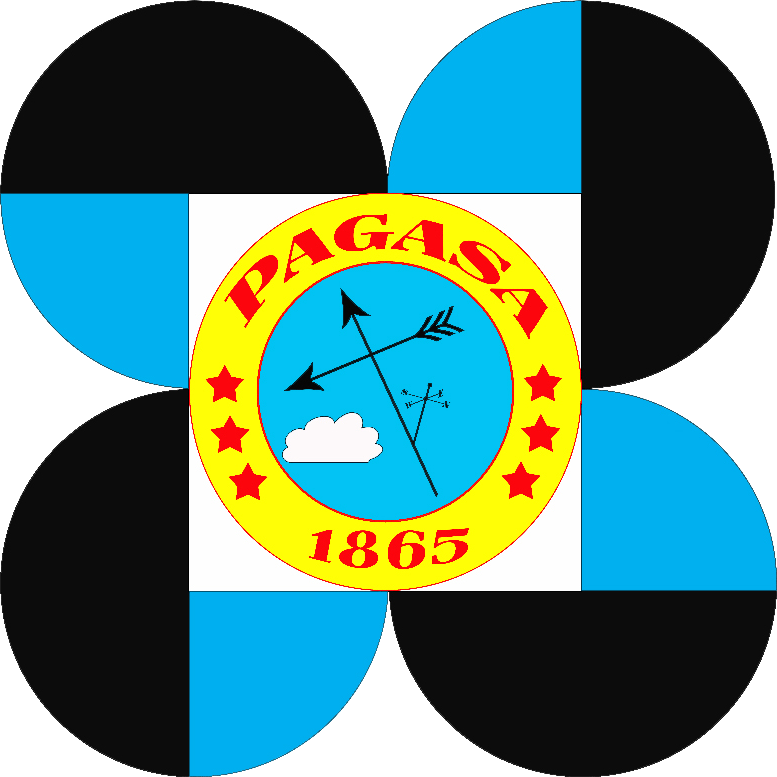I. SYNOP (Surface Synoptic Station)
A station where observation of almost all meteorological elements are made at fixed observation times and are transmitted to the Central Office. These stations are maintained and operated by PAGASA. It is responsible for the dissemination of public weather forecasts, tropical cyclone bulletins, warnings and advisories and other related information to protect the lives and property of the general populace.
II. UPPER-AIR
Normally combined with a synoptic station, conducts observation of atmospheric pressure, temperature, humidity, or wind speed and direction or a combination of all of these variables at several layers of the upper atmosphere using electronic means. International weather data exchange commitments require these stations to conduct at least two observations daily (0000 UT; 1200 UT), notwithstanding the high costs of electronic transmitters, Meteorological balloons and other consumables used during every observation.
III. RADAR STATION
A station where a Doppler weather radar is installed. It could be a combined synoptic-radar station or an independent (purely) radar station. Radar stations conduct regular observations twice a day at 2:00 AM and 2:00 PM. However, if there is an existing tropical cyclone within the "Philippine Area of Responsibility" (PAR) all radar stations may be required to observe on a 24-hour basis, dependent on the proximity of the station to the tropical cyclone or the effective range of the radar itself, and transmit their radar report every hour or every 30 minutes, if possible, to Central Office.
IV. AGROMET (Agrometeorological Station)
This station gathers and provides on routine basis simultaneous meteorological and biological information. It is also responsible for the dissemination of agricultural meteorological advice, warning, forecast, bulletin and other important information needed by farmers.
V. OFFICIAL RAIN (OR)
It is a station where rainfall observations are made twice daily. It is maintained and operated by PAGASA, and manned by at least a Weather Observation Aide (Part-Time).
VI. COOPERATIVE RAIN (CR)
A rain station operated by a cooperating agency. Instruments and supplies are shouldered by PAGASA, while the station site and other services by the cooperating agency. Monthly weather observation reports are submitted to PAGASA.
VII. OFFICIAL CLIMAT (Official Climatological Station)
A station where daily observation of temperature at 8:00 A.M. and rainfall observations at 8:00 A.M. and 5:00 P.M. Are conducted. It is maintained and operated by PAGASA, and manned by at least a Weather Observation Aide (Part-Time)
VIII. COOPERATIVE CLIMAT (Cooperative Climatological Station)
A Climatological station operated by a cooperating agency. Meteorological instruments and supplies are supplied by PAGASA, while the station site and other services by the cooperating agency. Monthly weather observation reports are submitted to PAGASA.
IX. PMO (Port Meteorological Office)
A coastal synoptic station with a Port Meteorological Liaison Officer (PMLO). One of the services offered is inspection and calibration of meteorological instruments on board ships and retrieval of marine weather observation data.
X. AIRPORT
A synoptic station located at airports that give weather data, information and advice for aviation activities.
XI. HYDRO (Hydrometeorological Station)
A station that observes meteorological and hydrological elements. It is operated and maintained by PAGASA or jointly with a cooperating agency.
XII. EVAP (Evaporation Station)
A station which observes evaporation on a routine basis. It could be a synoptic station or climatological station equipped with an evaporation pan.
